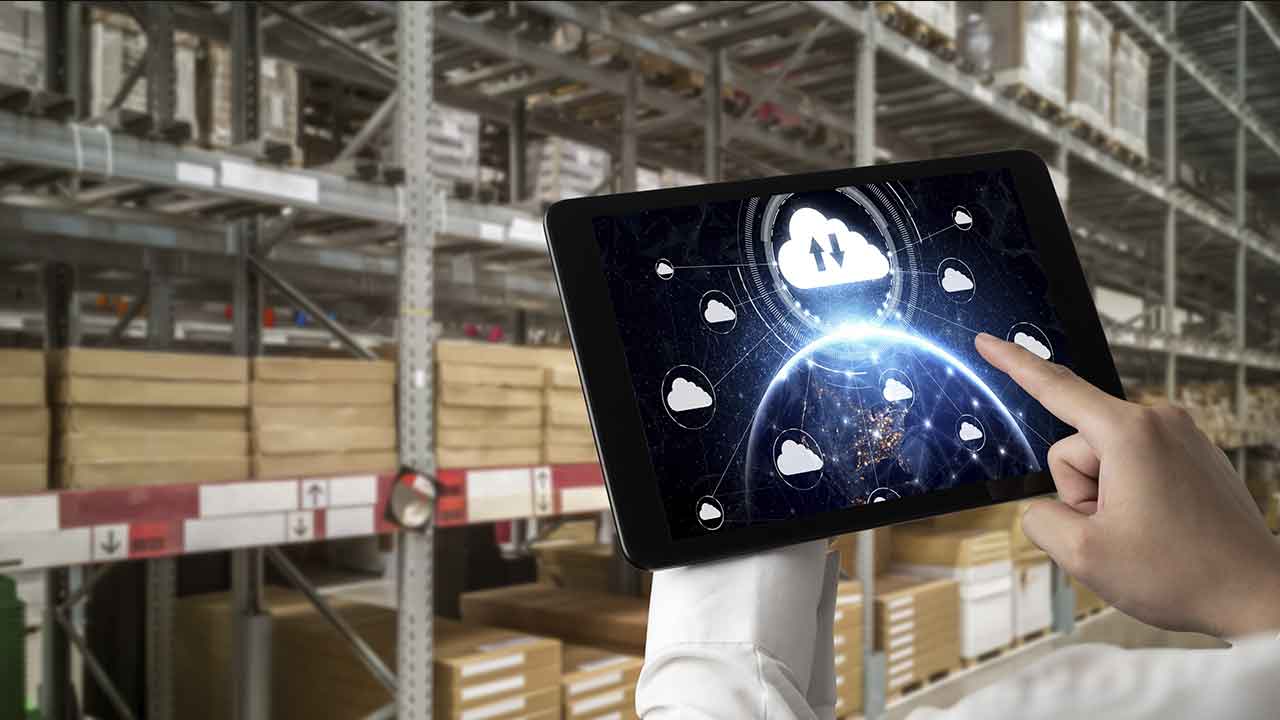4 Things Asset Tracking Won’t Do (and a few it will)
Asset tracking is a big topic, with more than a little relevance to the Industrial Internet of Things. Although it can do quite a bit for your business, it won’t solve every problem. Also, even the best implementation of the best system might need some clever integration to reach its highest value, and even that won’t make every problem dissolve. Here are just a few things asset tracking typically won’t do:
- Eliminate all manual processes and labor
- Invalidate everyone’s job
- Rewrite all your work processes
- Stamp out human error
Before looking deeper, it’s useful to clarify what asset tracking really means. It typically describes systems for locating physical assets like storage containers, pallets, tools, electronics, or even vehicles. Quite a few different technologies feed into this.
This could refer to real-time location systems (RTLS), technologies that instantaneously register as assets move or are moved. Other systems report asset location only at specified times and places, like barcode or RFID readers installed in doorways or other portals, or hand-readers sent out to manually scan inventory at routine intervals. Some newer solutions focus purely on inventory management software. This article, however, will focus on systems to actually locate or track physical assets, be it in real time or not.
Asset Tracking Won’t Eliminate Manual Processes and Labor
In-the-moment visibility of your asset locations can save a lot of effort, but it won’t ensure that every asset stays where it belongs. You’ll probably still have to go out and grab a tool or a container from somewhere else. You’ll still need to restock shelves. With older takes like RFID or barcoding, you might even need to update a digital inventory or send a scanner out to find certain items.
Newer, active systems for asset tracking, like ultra-wideband (UWB) RTLS or Bluetooth Low Energy (BLE), can reduce an end-user’s physical efforts. One way they do this is by autonomously updating logs or inventories as items move. However, this still won’t totally remove the effort required to retrieve misplaced items or keep assets spatially organized.
Asset Tracking Won’t Invalidate Everyone’s Job
In factories and warehouses, it’s not uncommon for everyone to do their share of asset-hunting. That or pay the penalties for lost or damaged goods. Hence, asset tracking systems are often relevant for workers in quite a few positions.
Think about technicians needing specific pieces of machinery, quality-assurance or shipping personnel who’re looking for a specific order, or forklift operators who need both the right pallet and the right forklift. The only jobs that asset tracking can truly eliminate are jobs focused solely on finding physical stuff, or perhaps updating records of what and where it is. If that’s your job, it might be time to take on some additional responsibilities. The advent of IoT solutions means there’s less and less need for manual record-keeping like this.
It is entirely possible that a good asset tracking system will cut the need for an actual ‘inventory’ check. So, instead of pausing floor operations to take a count, you can simply check your current, always-updating inventory at a glance. It’s also possible for asset tracking systems to make other processes obsolete, or at least redundant.
What this really means is that your workers can spend more time anticipating or preventing problems and less time responding to them. Technicians can stick to projects that require their expertise. Heavy machinery operators can operate the machinery instead of spending time looking for it. Rather than ordering extra inventory, digging for lost items, or otherwise doing damage control, these workers can focus on being truly productive.
Asset Tracking Won’t Rewrite all Your Existing Work Processes
Asset tracking won’t ruin every process you already have in place. Or, at least, it doesn’t have to. A clumsy or ineffectual use of your system could wreck quite a few processes. The good news is that virtually all asset tracking technologies are designed to solve more problems than they introduce.
Like any technology, part of the cost is a learning curve. Implementing a robust asset tracking system will probably require some training. It might also go against the grain of some habits and written (or unwritten) procedures on your site. The key is that it gives you more options, rather than fewer, for how to solve problems, save time, and conserve money.
If you want it to revolutionize your factory, you can make that happen. If you just want to save time updating inventory logs, you can do that too. You’ll be able to determine the ROI better than anyone else can, so you can also choose how to get that ROI and where the cost of changing processes might be too steep to be reasonable.
Asset Tracking Won’t Stamp Out Human Error
For better or worse, human error is still going to be a thing. This might be wildly fortuitous, like the invention of matches or the discovery of penicillin. But it could also be costly, and no asset tracking system can mitigate every expense.
What you can count on is that errors will become visible much more quickly–perhaps even before they cost anything. For instance, by tracking a pallet taken to the wrong loading dock, you can know beforehand that it’s about to get shipped to the wrong hemisphere. Or, by real-time tracking assets with a short shelf-life, you can generate the data to tell you ten minutes, thirty minutes, or even a day before that asset is likely to go bad.
Instead of finding out about errors only after they’re irrevocable and dangerous, asset tracking systems enable you to detect problems in the moment they happen. You’ll need to keep training and disciplining your workforce, but you can also cut them a little more slack if you know what, where, and when each issue is.
Bonus: A Few Things Asset Tracking WILL Do
Despite any limitations, there’s a lot to be gained by adopting a good asset tracking system.
An RTLS approach to asset tracking can quantify motion, time-based operations, and quite a few other processes. Instead of estimating, or simply not knowing, how long each stage of production or packaging takes or where the process bottlenecks, you can generate a clear picture based on dozens or hundreds or thousands of data points.
One of the biggest benefits of just about any asset tracking solution is that it allows a more systematic approach to resource management. For instance, ordering excess inventory can be expensive. And then there’s the problem of not having enough deliverables when you need them, which can cost huge amounts in expedited shipments, delayed orders, and damaged trust. Asset tracking helps you avoid this. It gives you the data to forecast more accurately when you’ll need replacement parts or when you can avoid purchasing inventory or allocating labor that you really don’tneed.
Systems with precise location data, like UWB asset tracking solutions, can help you optimize your workflows and operating floors. When you see where things move and where they don’t, you can consider arranging your space to match demand or repurposing low-traffic areas to get the most out of your site.
Ultimately, asset tracking saves you the headache of hunting for things for which you should have a good account.
In Closing
Not every business or facility needs asset tracking. Even if you do need it, you’ll have to determine what kind of system fits your use case. The best news might be that you have some great options today. Chances are good that an effective use of asset tracking will save you a lot of time and money, and we can all use that. More about decreasing industrial inefficiencies through Asset Management and IoT.
 This article was written by Stephen Taylor, Director of Communications at WISER Systems, Inc., a leading ultra-wideband (UWB) provider of precise localization. When he’s not at work, he likes to jam on his violin, write creatively, or wander through the forest. Someday he’ll try all three things at once.
This article was written by Stephen Taylor, Director of Communications at WISER Systems, Inc., a leading ultra-wideband (UWB) provider of precise localization. When he’s not at work, he likes to jam on his violin, write creatively, or wander through the forest. Someday he’ll try all three things at once.



